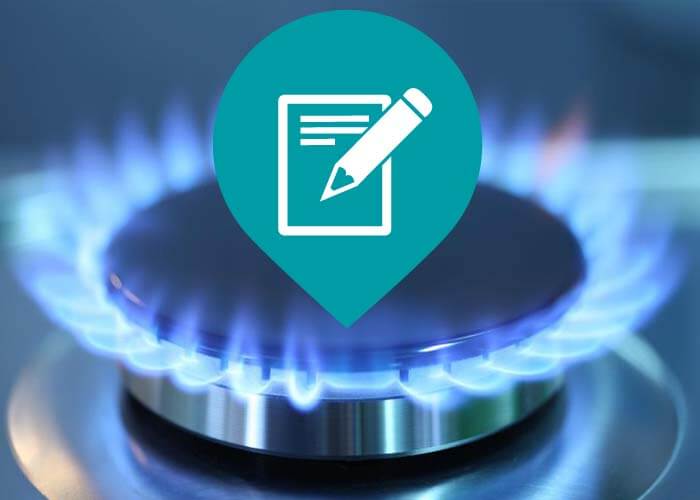
Exactly how Does the Gas Distribution System Job?
Just how Does the Natural Gas Shipment System Job?
Gas moving from higher to decrease stress is the basic concept of the gas shipment system. The quantity of pressure in a pipe is determined in extra pounds per square inch.
From the well, the natural gas enters into "celebration" lines, which resemble branches on a tree, obtaining bigger as they obtain closer to the central collection factor.
Gathering Solutions
A gathering system might require several field compressors to relocate the gas to the pipeline or the handling plant. A compressor is an equipment driven by an internal burning engine or wind turbine that produces stress to "press" the gas through the lines. Most compressors in the natural gas distribution system use a small amount of natural gas from their own lines as gas.
Some gas gathering systems consist of a handling center, which executes such features as getting rid of pollutants like water, carbon dioxide or sulfur that could rust a pipe, or inert gases, such as helium, that would decrease the power worth of the gas. Handling plants additionally can eliminate small quantities of propane as well as butane. These gases are utilized for chemical feedstocks and also various other applications.
The Transmission System
From the celebration system, the gas moves right into the transmission system, which is normally composed of regarding 272,000 miles of high-strength steel piper.
These big transmission lines for natural gas can be contrasted to the country's interstate highway system for cars. They relocate big quantities of natural gas thousands of miles from the producing regions to local distribution companies (LDCs). The stress of gas in each area of line typically ranges from 200 extra pounds to 1,500 pounds per square inch, relying on the type of area in which the pipe is running. As a precaution, pipelines are created and also constructed to manage far more stress than is ever before in fact reached in the system. For example, pipelines in even more populated locations run at less than one-half of their style pressure degree.
Several significant interstate pipelines are "looped"-- there are 2 or more lines running parallel to each other in the same right of way. This provides maximum capacity throughout periods of peak demand.
Compressor Stations
Compressor terminals are located approximately every 50 to 60 miles along each pipe to boost the pressure that is lost via the friction of the gas moving with the steel pipeline. Numerous compressor terminals are completely automated, so the devices can be started or stopped from a pipe's main control area. The control room can likewise from another location run shut-off shutoffs along the transmission system. The drivers of the system maintain comprehensive operating information on each compressor terminal, and also continuously adjust the mix of engines that are running to take full advantage of effectiveness as well as security.
Natural gas relocations through the transmission system at up to 30 miles per hr, so it takes a number of days for gas from Texas to reach an energy invoice point in the Northeast. Along the way, there are several interconnections with various other pipelines and also various other utility systems, which supplies system operators a great deal of versatility in relocating gas.
Linepack
A 50-mile section of 42-inch transmission line operating at about 1,000 pounds of stress contains about 200 million cubic feet of gas-- adequate to power a kitchen range for greater than 2,000 years. The quantity of gas in the pipeline is called the "linepack.".
By raising and Check out the post right here reducing the pressure on any type of pipeline section, a pipeline business can utilize the section to keep gas during durations when there is much less demand at the end of the pipeline. Using linepack this way permits pipeline operators to handle per hour changes in demand really successfully.
Natural gas pipes as well as utilities utilize very innovative computer designs of customer demand for gas, which relate everyday and also hourly usage patterns with seasonal and also environmental elements. That's why consumers can depend on the dependability of natural gas-- when it's needed, it's there.
Entrance Stations.
When the natural gas in a transmission pipeline reaches a local gas utility, it typically passes through a "gate terminal." Energies regularly have gateway stations receiving gas at many different locations and also from numerous different pipes. Entrance stations offer 3 functions. First, they reduce the pressure in the line from transmission levels (200 to 1,500 pounds) to circulation levels, which range from 1/4 extra pound to 200 pounds. Then an odorant, the distinctive sour aroma related to gas, is added, to ensure that customers can scent also small quantities of gas. Finally, the gate station gauges the circulation price of the gas to determine the amount being received by the utility.